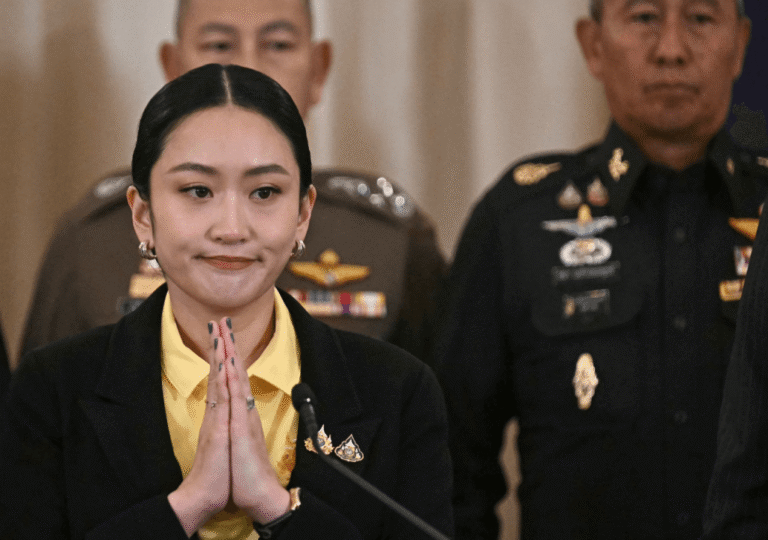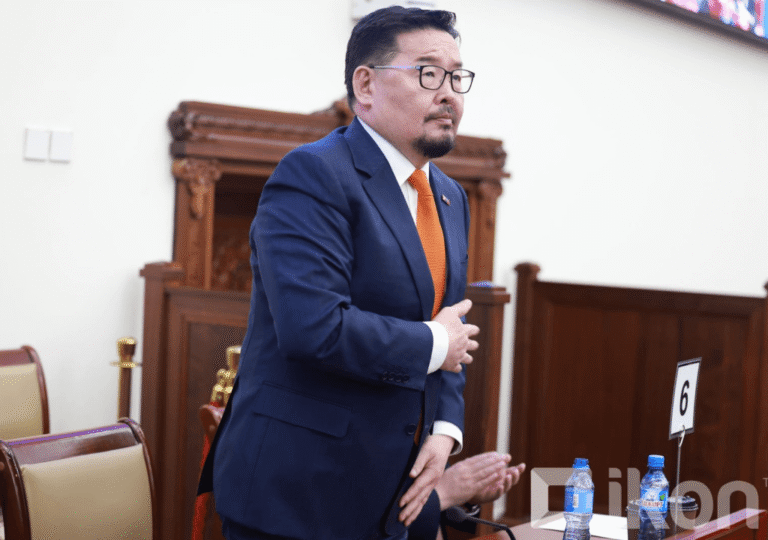Narendra Modi and the BJP is in a cruise mode. With the impending Lok Sabha (House of Commons) elections on the horizon, a multitude of factors fortify their confidence in an enduring dominance. Modi’s magnetic leadership, forward-looking developmental initiatives, resonance with Hindu sentiment, and substantial financial backing collectively underpin what appears to be an unimpeded march toward electoral success.
Yet, at the heart of Modi’s seemingly seamless trajectory lies a conspicuous vacuum— the absence of a formidable opposition in the Lok Sabha. The official recognition of an opposition, necessitating at least 10% representation, is notably vacant in India’s current political landscape. This void amplifies the BJP’s influence, leaving the opposition space remarkably unfilled.
The primary opposition force, the venerable Congress party, grapples with substantial weaknesses that have diminished its efficacy. Despite these challenges, the Congress seeks to mount a credible challenge to the BJP by forging alliances with various state parties under the umbrella of the Indian National Developmental Inclusive Alliance.
In its initial phases, the alliance displayed commendable performance. The Indian National Developmental Inclusive Alliance, commonly known as I.N.D.I.A., has emerged as a united front announced by leaders representing 28 political parties, gearing up for the 2024 Lok Sabha elections. The acronym I.N.D.I.A. was proposed during a pivotal meeting in Bengaluru, where leaders from all 28 participating parties unanimously embraced this symbolic title.
The inaugural meeting of opposition parties, a momentous gathering in Patna, Bihar, was chaired by Chief Minister Nitish Kumar on June 23, 2023. Attended by 16 opposition parties, this assembly marked the introduction of the proposal for a new alliance. Following this milestone, the second meeting unfolded in Bengaluru, Karnataka, on July 17 and 18, 2023, under the chairmanship of UPA Chairperson Sonia Gandhi. During this session, the formal acceptance of the alliance’s formation took place, with an additional ten parties joining the coalition. The Indian National Developmental Inclusive Alliance was officially christened, and plans were set for the third meeting, scheduled to occur in Mumbai.
The third assembly took place in Mumbai between August 31, 2023, and September 1, 2023. Sonia Gandhi, Rahul Gandhi, and chief ministers from five different states were among the notable attendees. After two days of intense discussion, the coalition reviewed key electoral issues related to the approaching general elections in great detail. During these talks, the details of the coordination committee were carefully outlined, and a complete three-point resolution was eventually adopted. This resolution is a significant step forward for the cooperative projects carried out by various political organizations uniting under the Indian National Developmental Inclusive Alliance. It unequivocally declares the alliance’s commitment to working together to address the many issues that the general elections in India in 2024 are expected to present.
The fourth assembly, convened in New Delhi on December 19, 2023, honed in on pivotal elements encompassing seat-sharing, joint rallies, and the selection of a prime ministerial face and/or convenor for the alliance. A noteworthy resolution was embraced, underscoring the imperative to maximize the use of VVPATs in the imminent elections. The emphasis lay on self-verification by voters and the separate storage of VVPAT slips. Setting deadlines for seat-sharing arrangements, the alliance declared nationwide protests against the suspensions of opposition MPs in the Indian Parliament on December 22. While plans for a grand joint rally in Patna on January 30, the death anniversary of Mahatma Gandhi, were alluded to, they remained unconfirmed.
However, the trajectory took an unexpected turn with the advent of the fifth meeting, conducted virtually, with some leaders unable to participate. Post-meeting, Mallikarjun Kharge, the president of the Indian National Congress, assumed the mantle of alliance chairperson. Seat-sharing discussions took center stage, with the Chief Minister of Bihar, Nitish Kumar, declining the role of national convenor.
As the electoral momentum initially surged, the later days unveiled the burgeoning vulnerabilities of the alliance. The dearth of robust leadership, the failure to establish a cohesive minimum program, and internal avarice within participating parties are now precipitating the coalition’s collapse. At the national level, the Indian National Congress stands as the sole representative within the alliance. However, the party grapples with internal weaknesses, marked by the absence of a prominent leader and the dominance of the Gandhi family, reluctant to relinquish control to outsiders. Regrettably, this familial stronghold has yet to recognize the urgency of the situation, failing to formulate effective policies to counter the formidable presence of Modi, despite being a national-level party. The intricate dynamics of this political landscape underscore the critical need for a resilient and strategic opposition to navigate the challenges presented by the current political climate.
While on paper, other collaborators such as the Aam Aadmi Party, Communist Party of India (Marxist), and former national parties like the All India Trinamool Congress and Nationalist Congress Party carry or carried a nationalist label, their influence remains largely confined to their regional strongholds. Exploiting the weakened state of the Congress, these parties seek to contest and expand their influence beyond their traditional territories, a move restricted by the Congress itself.
The complications intensify as regional parties with conflicting national interests undermine the broader image and objectives of the Congress. The alliance with the DMK, with its anti-Hindu stance and leaders making divisive statements, casts a negative shadow on the national-level standing of the Congress. Personal agendas, exemplified by JD(U)’s Nitish Kumar, further contribute to leaders withdrawing from the alliance. Modi’s strategic overtures, including awards for local parties and their leaders, have enticed collaboration with the BJP-led NDA alliance, leading parties like RLD and the National Conference to consider exiting and join NDA. A growing number of parties are preparing to contest the elections independently rather than aligning with the BJP.
Genuine democracy necessitates the presence of an opposition. India, proudly hailed as the world’s largest democracy with a populace exceeding 100 billion, fails to meet the criteria of a commendable democratic model in the eyes of Western think tanks. The absence of a robust opposition in India poses the risk of transforming the nation into a de facto single-party state, as the BJP champions the notion of Ramarajya, departing from the modern state concept embraced by Western counterparts.
The ideological architects behind the BJP seem to dismiss the strength of a diverse and vibrant opposition, opting instead to emphasize a narrative that weakens the West and underscores perceived conflicts with Islam. To safeguard the essence of Indian democracy, it is imperative for the opposition to awaken to the current scenario. However, the very parties constituting the opposition, driven by personal interests and avarice, appear poised to precipitate the collapse of the INDIA alliance. This potential disintegration could inadvertently pave the way for a third term for Narendra Modi, if not counteracted promptly. The intricate interplay among political forces in India emphasizes the vital significance of a robust opposition to safeguard the democratic values that characterize the nation’s democracy.








